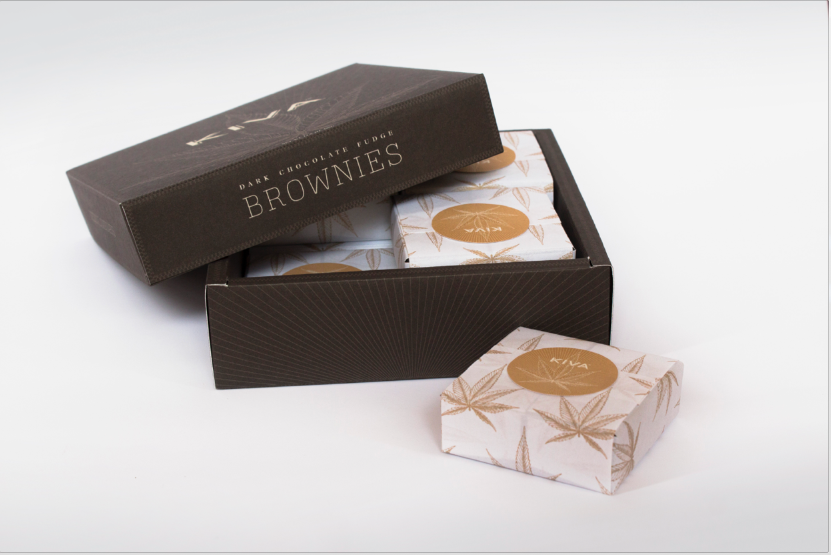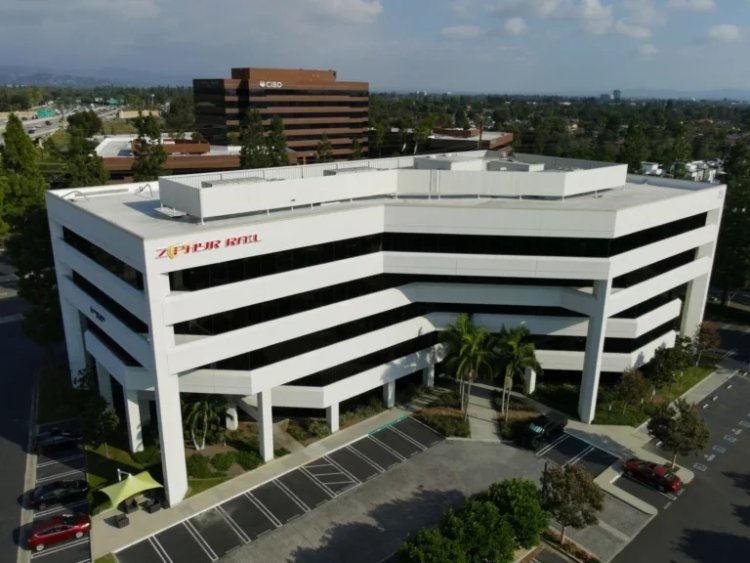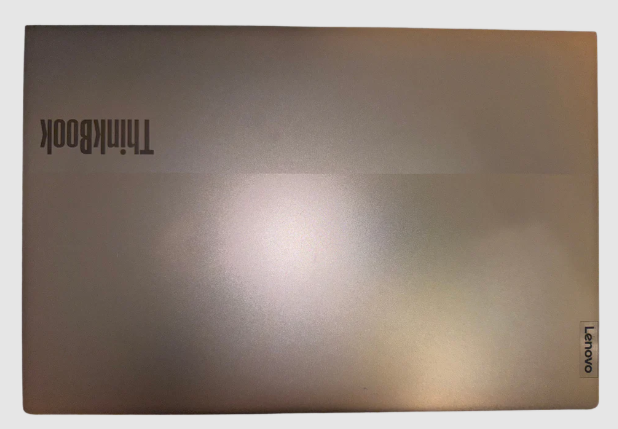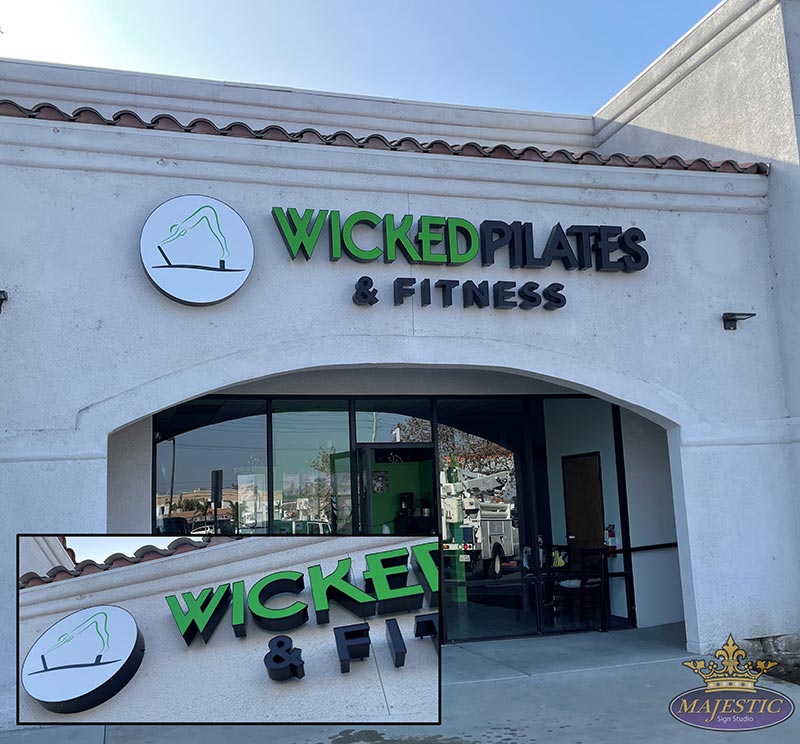
The world is changing fast, and so is the way we package our food. With growing concern about pollution and plastic waste, the food industry is searching for greener options. One of the most talked-about solutions today is edible packaging. This new method could help reduce environmental harm and offer a sustainable way to wrap and store food.
Environmental Impact of Traditional Packaging
Most food packaging today is made of plastic, which is cheap and easy to use. However, plastic takes hundreds of years to break down. It often ends up in oceans and landfills, causing harm to wildlife and nature. Even recycling has its limits. Many plastics cannot be recycled, and those that can often end up being downcycled into lower-quality items.
The carbon footprint of making and transporting plastic is also high. Fossil fuels are used in production, and energy consumption is heavy. All these factors make traditional packaging one of the biggest contributors to pollution. To address this issue, the need for a new, earth-friendly option is clear.
Natural alternatives like paper and cardboard are better, but they also require trees to be cut down. This adds to deforestation and loss of natural habitats. On top of that, food packaging made from such materials may still have plastic coatings to preserve freshness.
With such challenges, edible packaging has gained attention. It can offer a way to protect food without creating waste. If adopted on a large scale, it might reduce our reliance on plastics and help the planet breathe easier. The impact could be huge in cutting down the volume of trash created every day.
How Edible Packaging Works
This form of packaging is made from ingredients that are safe to eat. Some are created from natural materials like seaweed, starch, proteins, and fruit skins. These materials are shaped into wraps, films, or coatings that keep food fresh. Once used, you can eat them along with your snack or meal, leaving behind no trash at all.
The technology behind it is smart and simple. For example, a coating made from milk protein can cover fruits or vegetables to slow down spoilage. Some wraps are created using rice or potato starch, which form a thin film that seals the product. Even sweets like lollipops are being made with edible wrappers today.
One of the best parts is that these materials are biodegradable. Even if someone doesn’t eat the package, it breaks down naturally in the environment. This is far better than plastic, which stays around for years and causes harm.
Taste and texture are also considered. Some edible wraps are flavored or plain, depending on the food they cover. They may even add a bit of crunch or freshness to the product. With the right recipe, packaging can become part of the eating experience rather than just something to be thrown away.
Materials Used in Edible Packaging
The choice of ingredients is key to making this packaging both useful and safe. Different natural sources offer different qualities. For example, seaweed is popular because it forms a flexible film and is full of nutrients. It also grows fast and doesn’t need fresh water or land, making it a highly sustainable option.
Another common source is starch, which comes from plants like potatoes, corn, or rice. Starch is excellent for forming films that are clear and strong. It’s also affordable and widely available. However, it may not be suitable for all foods because it can attract moisture.
Proteins such as casein (from milk) and gelatin (from animal collagen) are also used. They offer high strength and act as good barriers to oxygen. This helps keep food fresh longer. Fruit and vegetable skins can also be turned into films or coatings. Mango and tomato skins are just a couple of examples of how waste can be turned into something useful.
Some newer materials include beeswax and other natural fats. These are used to form a water-resistant layer that helps preserve food. The use of such materials depends on what kind of food is being wrapped. Wet foods need different packaging than dry foods, for example.
Benefits of Edible Packaging
There are many advantages to using this type of packaging. One of the most obvious is the reduction of waste. Since it can be eaten or will degrade on its own, it doesn’t fill up landfills or pollute oceans. This makes it a powerful tool in the fight against plastic pollution.
Another benefit is food preservation. Some edible coatings help keep fruits and vegetables fresh longer. They act as a natural barrier to air and bacteria, slowing down spoilage. This means less food is wasted, which is another big win for the environment.
This kind of packaging can also improve the eating experience. Instead of peeling or throwing away wrappers, people can enjoy the food without hassle. This is useful in busy places like sports stadiums or festivals, where trash collection is a challenge.
From a business point of view, it offers a chance to stand out in the market. Brands that use edible materials show they care about the planet. This attracts eco-conscious buyers and adds value to the product.
Challenges in Adoption
Despite its benefits, switching to this form of packaging is not without problems. One of the biggest hurdles is cost. Producing natural films is more expensive than making plastic. The processes involved in turning food ingredients into packaging are still developing. Until they become cheaper and faster, large companies may hesitate to invest.
Another issue is shelf life. While plastic can last a long time on shelves, natural films may break down quicker. This means they are less suited for products that need to stay fresh for weeks or months. Changes in temperature and humidity can also affect the quality of these wraps.
Scalability is also a concern. Producing enough edible wraps for mass markets is not easy. It requires reliable sources of raw materials and facilities that meet food safety standards. Not all countries have this infrastructure yet.
Regulations and approvals can slow things down, too. Governments must approve any new material used in food packaging. This can be a long and costly process. If different countries have different rules, it becomes even more complex for global businesses.
Innovations in Edible Packaging Technology
New ideas are making edible packaging more practical. Researchers are finding better ways to process natural materials and make them stronger. This helps extend the shelf life of food and improve how the wraps handle moisture and air.
Nanotechnology is being used to make films that are thinner yet more durable. These films can also carry extra features like vitamins or antioxidants. Some can even change color to show if the food inside has gone bad. This could reduce food waste and improve safety.
3D printing is another exciting area. It allows for custom shapes and sizes to fit different kinds of foods. This helps companies package items more efficiently and with less waste. It’s also great for designing fun and creative wraps for kids or specialty items.
Companies are also exploring new combinations of materials. By mixing starch with protein, or adding natural oils, they can create wraps that work better under various conditions. These combos make the film less likely to break or tear.
Consumer Awareness and Acceptance
For edible packaging to succeed, people need to know about it and feel comfortable using it. Right now, many people are still unaware that this kind of packaging exists. Education plays a big role in spreading awareness and trust.
Marketing can help change views. Brands that use this packaging should explain why it matters. They can use simple messages and real-world examples to show the benefits. Videos, social media, and in-store samples can also help people get used to the idea.
Taste is another factor. If the packaging tastes good, people are more likely to accept it. Flavored wraps that match the food inside can enhance the experience. For example, a mint-flavored film on chocolate could be a hit.
Hygiene concerns are common. Many worry that edible materials may not be clean or safe. This is why packaging must meet strict safety standards. Clear labels and certifications will help build consumer confidence.
Conclusion
Edible packaging offers a real and promising solution to one of the biggest environmental problems of our time. It reduces waste, supports food freshness, and promotes healthier, eco-friendly choices. Though challenges like cost, shelf life, and consumer habits remain, ongoing innovation and growing awareness are helping to overcome these barriers. With support from science, government, businesses, and the public, this packaging method can become a regular part of our everyday lives. The path forward may take time, but the goal is clear—a cleaner planet and a more sustainable future. Making small changes today, like embracing natural packaging, can lead to big results for generations to come.





